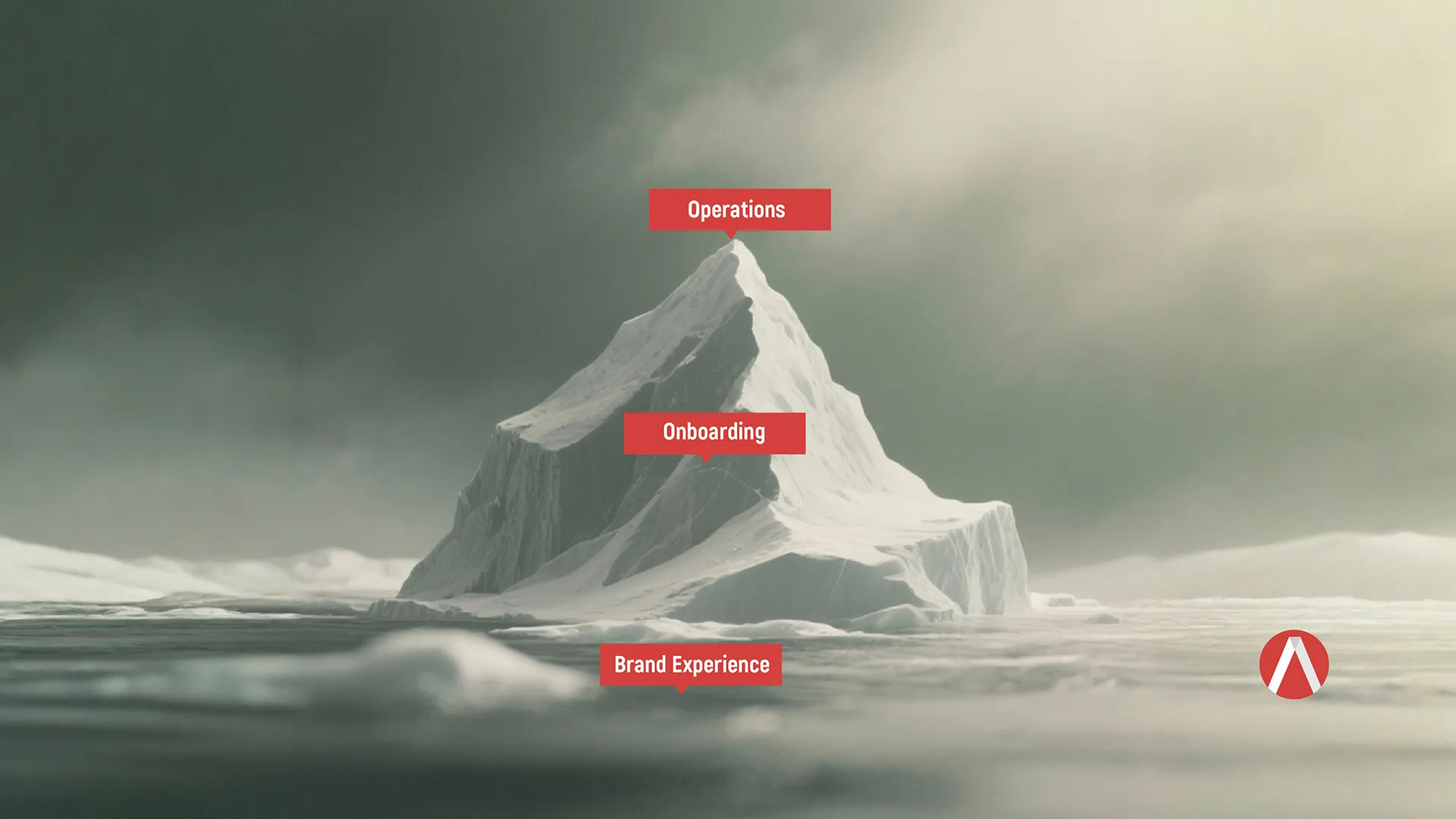Key Takeaways:
- CMOs must position themselves as strategic partners to the CEO and leadership team to drive organizational transformation.
- Effective communication of customer insights and market trends can solidify the CMO’s role as a key influencer in shaping company strategy.
- Building cross-functional alliances and aligning marketing initiatives with business objectives are essential for success.
As a CMO, you’re no stranger to the challenge of proving marketing’s value to your leadership team. But in today’s fast-evolving business landscape, your role has expanded far beyond campaigns and customer engagement. You are now uniquely positioned to act as the bridge between market realities and organizational strategy—a vital architect of transformation. The question is, how do you effectively communicate your insights and vision to your CEO and leadership team to drive meaningful change?
Here are key strategies to help you make your case and inspire organizational transformation:
1. Speak the Language of Business Outcomes
Leadership teams often prioritize metrics like revenue, profitability, and market share over campaign-specific metrics. To capture their attention, frame your marketing initiatives in terms of business outcomes. For example, instead of discussing click-through rates or engagement, highlight how a recent campaign contributed to customer acquisition, retention, or lifetime value.
Pro Tip: Use data to quantify marketing’s impact on business goals. A McKinsey report revealed that organizations leveraging data effectively are 23 times more likely to outperform competitors in customer acquisition and retention. Show how your team’s data-driven strategies directly contribute to these outcomes.
2. Lead with Customer Insights
CMOs hold a significant advantage: a profound understanding of the customer. This insight is a critical asset for leadership, particularly when adapting to changing market demands or evolving customer expectations. Leveraging quantifiable data can clearly illustrate how customer preferences align—or diverge—from current business strategies, enabling more informed decision-making.
For instance, if customer feedback suggests a growing demand for sustainability, present this data alongside a clear plan for how the company can pivot to meet this need. Demonstrating how customer-centric strategies align with broader business objectives will underscore your value.
Gartner reports that 89% of companies compete primarily based on customer experience. Use a data-first approach like this to emphasize the urgency of adopting customer-first strategies.
3. Break Down Silos with Cross-Functional Collaboration
Organizational silos can hinder progress, but CMOs are uniquely equipped to break them down. Partner with leaders in HR, IT, and operations to create cohesive strategies that align with your customer-centric vision. For example, work with HR to ensure employee training reinforces the brand promise or collaborate with IT to enhance the digital customer experience.
Pro Tip: Organize cross-functional workshops or meetings where insights from marketing, operations, and sales are integrated into unified strategies. Position yourself as the facilitator who bridges these gaps to drive alignment.
4. Align Marketing with Long-Term Business Strategy
Too often, marketing is seen as a short-term function focused on immediate results. Shift this perception by demonstrating how your strategies align with the company’s long-term goals. Whether it’s expanding into new markets, innovating product lines, or improving operational efficiency, articulate how marketing will support these objectives.
Here’s a great example: As Unilever’s Chief Marketing Officer, Esi Eggleston Bracey emphasizes the role of the CMO as a “change management officer.” In her tenure, she has focused on leading digital transformation initiatives and fostering a culture of innovation within the organization. By aligning marketing strategies with broader business objectives, Bracey has played a pivotal role in Unilever’s efforts to adapt to the rapidly evolving market landscape.
This powerfully underscores how CMOs can be instrumental in leading organizational change, particularly in embracing digital transformation and aligning marketing efforts with overall business goals.
5. Build Credibility Through Data and Storytelling
Data alone can be overwhelming or fail to resonate with leadership. Combine analytics with compelling storytelling to create a narrative that highlights marketing’s impact. For example, share a case study where your team’s insights led to a measurable improvement in customer satisfaction or revenue growth.
According to Deloitte’s “2023 Global Marketing Trends” report, 76% of CMOs report their role has expanded significantly over the past three years. Use this as a talking point to emphasize how your evolving responsibilities can contribute to overall business success.
Questions to Ask Yourself:
- Are you framing marketing’s value in terms of broader business outcomes?
- How effectively are you using customer insights to influence leadership decisions?
- What opportunities exist to strengthen cross-functional collaboration in your organization?
- Are you aligning your marketing efforts with your company’s long-term strategy?
Are you ready to take your seat at the leadership table and become a true architect of organizational transformation? Let’s connect. At Avocet, we help CMOs like you turn data, insights, and strategies into actionable business outcomes. Reach out today to learn more!






